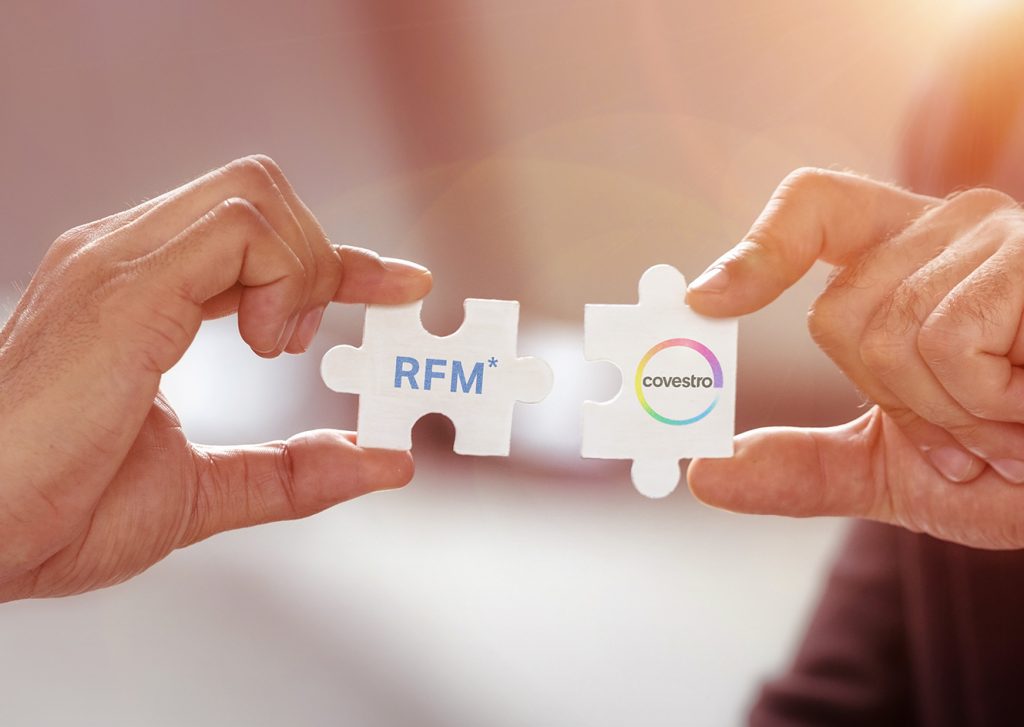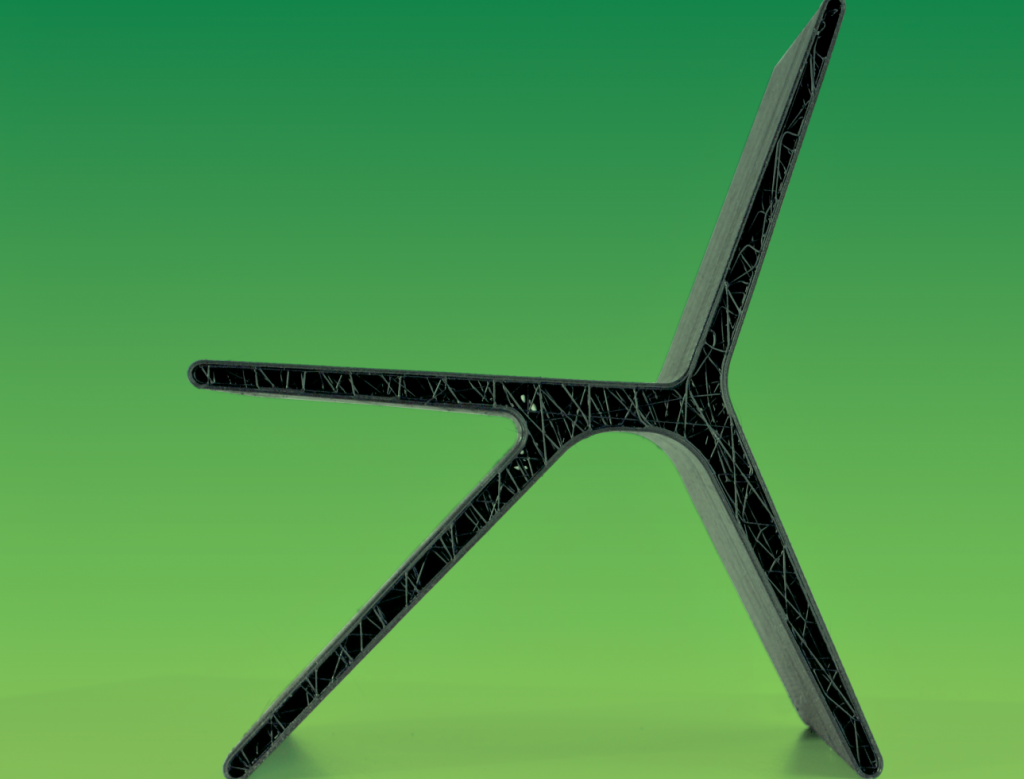German polymer manufacturer Covestro has announced the addition of the eco-friendly new Arnite AM2001 GF polyethylene terephthalate (PET) to its FGF 3D printing material portfolio.
Made from recycled plastic waste, the glass-fiber filled polymer possesses the mechanical properties needed for scalable construction applications, while leaving a significantly smaller carbon footprint than conventional raw materials.
Covestro’s feedstock, which is its first to be developed by the AM division it acquired from DSM, is essentially designed to help clients make their supply chains more circular, without compromising on their end-performance.
“With PET packaging accounting for more than 50 percent of total plastic waste, extending its lifetime by re-using it as feedstock offers a broadly available alternative to virgin raw materials – without the need to compromise on performance or total cost of ownership,” explained Hugo Da Silva, Head of Additive Manufacturing (formerly-DSM).
“The introduction of this high-performing material for 3D pellet printing is an important step in creating circular supply chains.”

Covestro’s 3D printing portfolio
Having generated €10.7 billion in revenue during 2020, Covestro is one of the world’s largest industrial polymer producers. The company develops coatings, adhesives, foams and composites, for clients in sectors ranging from automotive to furniture and electronics, and it has recently established a particular focus on furthering circular economic principles.
Just last year, the firm set-up its ‘Circular Economy Program,’ through which it’s aiming to halve its greenhouse gas emissions, by producing its polymers out of alternatives to fossil fuels. Additionally, as part of the five-year initiative, Covestro has committed 80% of its R&D spending to working towards the UN’s Sustainable Development Goals (SDGs).
The firm’s eco-friendly ethos has also extended to its recent product launches, and at Formnext Connect, it released a new line of sustainably-produced Addigy and cardyon filaments. Made partially of either recycled plastic or CO2, Covestro’s latest polycarbonate (PC) and thermoplastic polyurethanes (TPUs) have been designed to yield reduced waste, while promoting 3D printing’s efficiency benefits.
Since then, the company has completed its acquisition of DSM’s Resins & Functional Materials segment, and announced its intention to ‘bring the benefits of SLA to DLP.’ For its part, the now ex-DSM division, has extensive large-format 3D printing experience, launching a new bio-based EcoPaXX pellet for FGF production in November 2020.
Leveraging its pellet portfolio, the organization has also worked with Juggerbot 3D to explore FGF 3D printing’s potential, and fabricated a footbridge in Rotterdam from recyclable source materials. As a result, Covestro’s new feedstock launch doesn’t reflect a change of direction for either firm, but does at least show that they share joint sustainability objectives.

Sustainable FGF 3D printing
Referred to by Covestro as an ‘rPET,’ Arnite AM 2001 GF is a pellet material, composed of repurposed post-consumer plastic waste that’s reinforced by glass fibers. The new feedstock has been specifically optimized for the FGF 3D printing of large-format parts, and features a broad processing window, that makes it ideal for use within construction applications.
In addition to being suitable for the production of architecture like bridges, tunnels, cladding, walls or even outdoor furniture, Covestro says that rPET users also stand to benefit from FGF’s intrinsic flexibility. Using the technology, it’s possible to manufacture sizable structures more quickly than conventional processes allow, while creating less waste by only using the amount of material that is required.
Given that Arnite AM 2001 (G) is the first polymer to come from the company’s new material subsidiary, it also says that the feedstock “perfectly fits its vision for a circular economy,” and demonstrates a synergy between the two organizations’ sustainability goals, as they work towards “adding value to AM and industrial production” moving forwards.
“We’re excited about the introduction of this circular material designed by our new colleagues,” concluded Patrick Rosso, Head of Additive Manufacturing (Covestro). “This material is the best proof point we could want to underpin the two teams’ joint ambition, to bring the market a stronger materials partner, that can help accelerate industrial additive manufacturing.”
Scaling pellet-based printing
Covestro’s acquisition of DSM’s 3D printing materials division may have provided it with a means of rapidly launching new FGF pellets, but it’s far from the only firm operating in this market. In the last six months, 3D printer OEM Titan Robotics has worked to qualify Jabil’s fiber-reinforced nylon pellets for its proprietary extrusion-based Atlas systems.
In a similar vein, Titan Robotics has also partnered with petrochemical company Braskem, to develop and launch a line of polypropylene (PP) FGF 3D printing resins. During processing, the material reportedly displays low warpage and strong inter-layer adhesion, potentially making it ideal for use within the automotive, chemical or gas sectors.
Elsewhere, large-format 3D printer OEMs like Massive Dimension have continued to develop new FGF approaches, and the firm launched an upgraded direct print particle extruder in November 2020. The pellet-compatible extruder, which is said to be five times faster than the original, is designed to be mounted onto CNC machines and robotic arms.
To stay up to date with the latest 3D printing news, don’t forget to subscribe to the 3D Printing Industry newsletter or follow us on Twitter or liking our page on Facebook.
Are you looking for a job in the additive manufacturing industry? Visit 3D Printing Jobs for a selection of roles in the industry.
Featured image shows a chair that was 3D printed using Covestro’s new material, designed by Michiel van der Kley. Image via Covestro.


